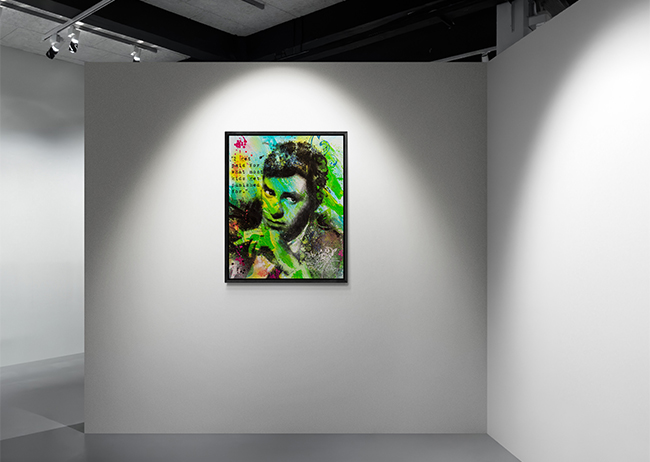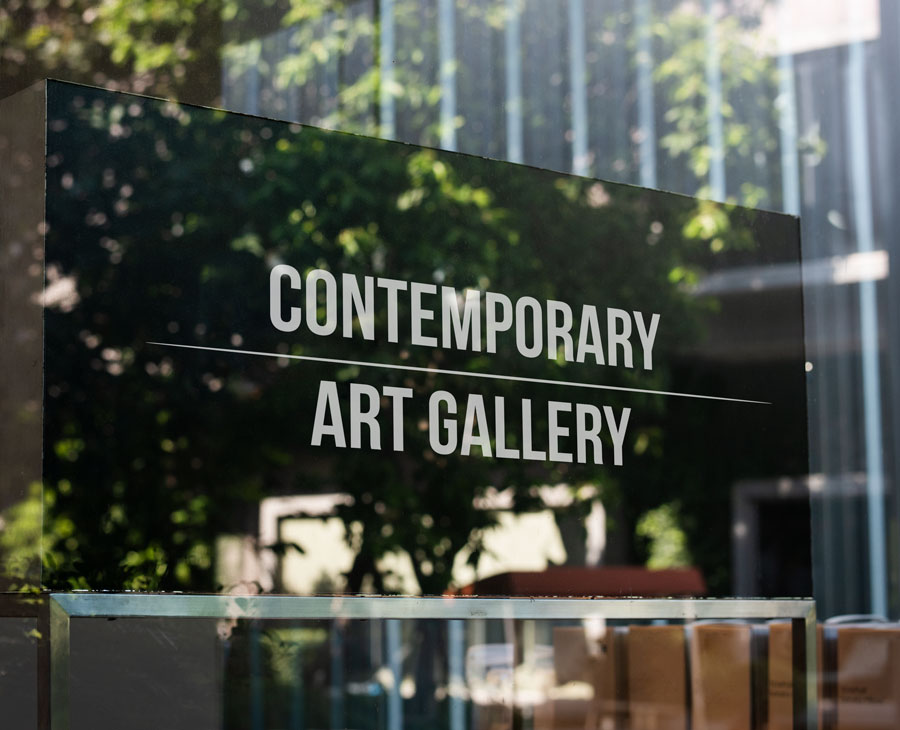The Hurdle for Emerging Artists: Breaking Gallery Barriers
The art world is full of talent and creativity, but the road to recognition is often rocky. One of the biggest challenges artists face is working with galleries.
In the world of art, aspiring artists dream of gracing the walls of renowned galleries and sharing their vision with the world. But the path to securing a spot on the gallery roster is often fraught with obstacles and reveals a complex interplay between the desires of emerging artists and the economic realities facing galleries.
The vicious circle of notoriety
A fundamental dilemma is that galleries tend to accept artists who already have a certain level of notoriety. This leads to a vicious circle because many artists only gain the visibility they need through collaboration with galleries. However, without already being known, it is difficult to even be considered by renowned galleries.
The economic realities for galleries
Like any business, galleries also face economic challenges. Rent, the imperative of building a steady customer base, and organizing events to promote artists all add to the fiscal balancing act. Understandably, galleries see the need to showcase more established artists whose work generates sales.
The frustration
This attitude is a pervasive frustration for aspiring artists. Invitations to exhibitions remain unanswered, self-introductions and art submissions receive no response whatsoever. Not only does this ignoring affect the artistic spirit, but it also causes aspiring artists to question their worth and potential.
Of course, a gallery owner cannot meticulously analyze every email from an artist and provide feedback, but sometimes a “thank you” for an invitation to an exhibition would be a nice gesture and would show the artist a certain level of appreciation.
The role of relationships
In the art world, relationships are often just as important as artistic ability itself. Artists who have personal contacts with gallerists or established artists have a greater chance of being represented in renowned galleries. This raises the question of whether the art world is actually an open playing field for all talent due to this focus on relationships.
The elite arrogance problem
When entering the hallowed halls of art fairs, the eager artist is sometimes met with more than indifference – simple arrogance. Examples of dismissive attitudes from gallerists can be discouraging. Often celebrated for its openness, the art world shows a less glamorous side, with moments of elitist arrogance overshadowing the pursuit of creative expression. Unfortunately, I have experienced this myself.
Open Minded Art World?
In view of these challenges, there is a growing call for more openness within the gallery world. The need for emerging artists to be seen and heard is a reason for respectful communication. A simple acknowledgment, a thank you note, or a friendly explanation that the gallery list is currently full can go a long way in preserving the artist’s spirit.
The difficulties emerging artists face in navigating the labyrinth of gallery acceptance are varied. The quandary remains, economic reality weighs heavily on the galleries and the frustrations of silence coupled with incidents of elitist arrogance cast shadows on the artistic journey. But amidst these challenges, there is a call for open-mindedness, inviting galleries to rethink their approaches and create a more inclusive space for artists to thrive.
For the aspiring artist, persevering in the face of rejection is not just a choice but a testament to the strength of his creative spirit. Although the gallery doors may seem closed, there are alternative avenues for exposure and recognition.
Are there other ways?
Alternative platforms such as online galleries, local art initiatives and art fairs (with your own stand – as long as you can afford the stand rent) offer opportunities to be recognized independently of traditional galleries. Artists should be encouraged to actively increase their own exposure and not solely depend on recognition from galleries.
However, there has also been a trend here for several years that resourceful companies have discovered: artists can buy on virtual platforms for X amount to present their works or as an artist you can buy a place in a competition. The amounts are sometimes affordable, sometimes outrageous and the mass of artists who take advantage of this supposed offer pour thousands of euros/dollars into their coffers. The chances of winning an art prize or even being discovered through such platforms are like playing the lottery. And like in the lottery, there is a winner and many losers – in my opinion – despite the jury – it is more like a game of chance.
There may be exceptions, but I don’t want to rule them out.
My conclusion
The art world is faced with the challenge of opening its doors to emerging talent. The vicious circle of notoriety, the hurdles for new artists and the role of relationships need to be critically examined in some cases. An open and inclusive art scene not only benefits from established artists, but also from the diversity of new, emerging talent. It’s time to broaden our perspective and find new ways to make the art scene accessible to everyone. As always, there are exceptions, which I have already encountered. Therefore, I don’t want my points above to be generalized.

JERRY LEWIS | mixed media on stretched canvas 80 x 100 cm | VISEone
Window Mockup (top image): IMAGE by rawpixel.com on Freepik





0 Comments